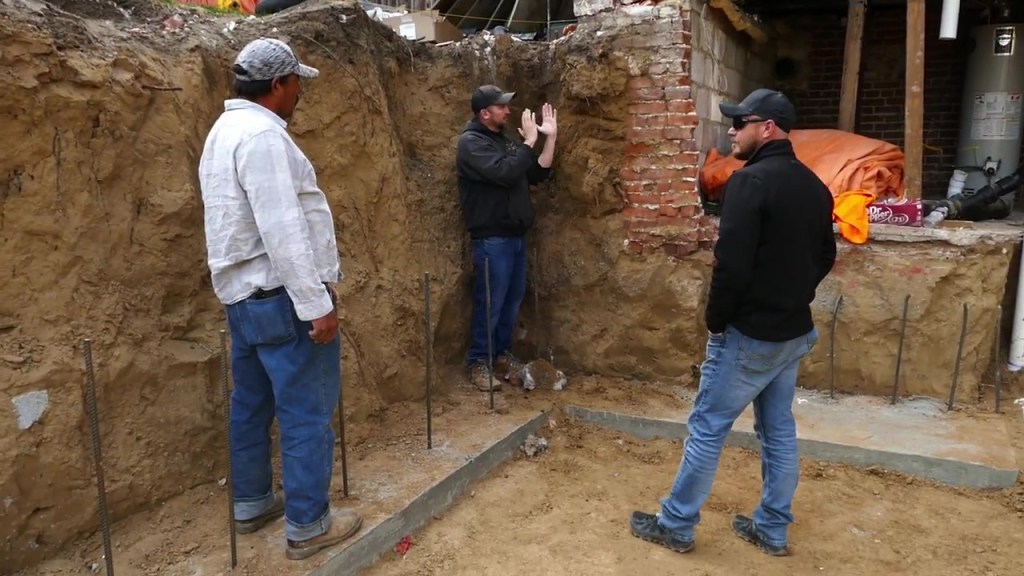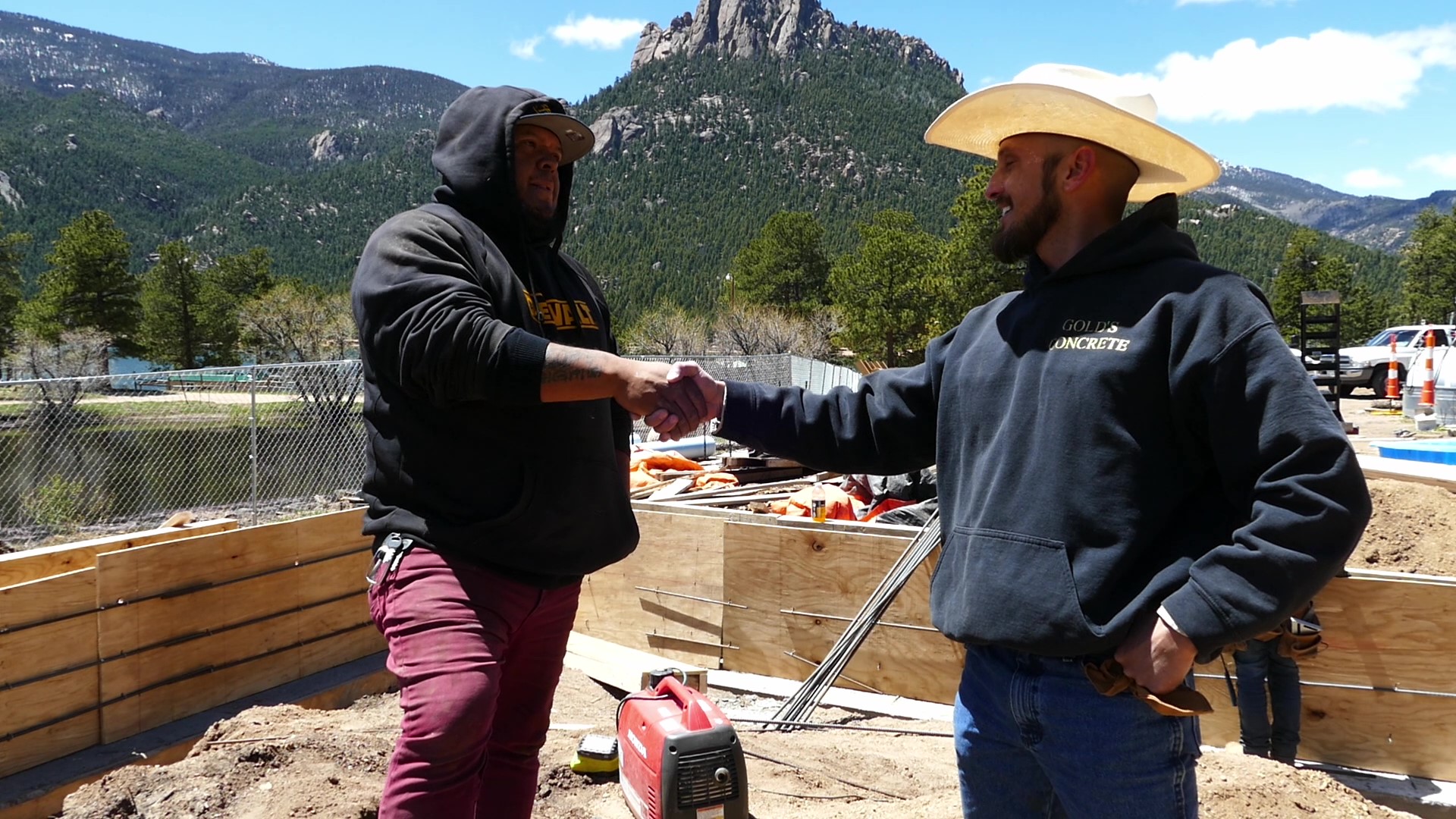Navigating the Building Permit Process: When, Why and Who
- Desertsage Seals
- Aug 12, 2024
- 4 min read

Wanting to make repairs or renovations to your home or property without a contractor’s education, and not knowing how to navigate the maze of bureaucratic steps in the administrative process can be frustrating and overwhelming. In this blog we’re going to answer some basic questions in the permit-pulling process, such as:
Why do we need to pull a building permit?
When do we need to pull a building permit?
When do we not need to pull a building permit?
Who can apply for a building permit?
How do we apply for a building permit?
What are construction documents?
What is the inspection process?
Why do we need to pull a building permit?
A building permit can only be acquired through a process of submitting an application to the department of building safety and receiving approval. According to the International Code Council, the intent of this process is to establish minimum requirements to safeguard the public safety, health and general welfare through affordability, structural strength, means of egress facilities, stability, sanitation, etc.

When do we need to pull a building permit?
You will be required to obtain a building permit anytime you intend to construct, enlarge, alter, repair, move, demolish or change the occupancy of a building or structure, or to erect, enlarge, alter, repair, remove, convert or replace any electrical, gas, mechanical or plumbing system. A change of occupancy is any change in purpose, or change in the level of activity within a building or structure.
When do we not need to pull a building permit?
Certain applications are exempt from the requirements of obtaining a permit, such as:
One-story detached accessory structures used as a tool and storage shed with a floor area of not more than 200 sq ft.
Fences not over 6 feet tall.
Retaining walls that are not over 4 feet tall.
Sidewalks and driveways.
Painting, papering, tiling, carpeting, cabinets, counter tops and similar finish work.

Who can apply for a building permit?
As a homeowner you can obtain a permit if you are performing the work on your primary residence, which you own and reside in. You cannot perform work on a rental property you own nor a home you do not reside in. This would require a licensed general contractor to obtain the permit.
Get a head start on your project and tap into a wealth of knowledge and information from years of hands on experience with Gold’s Concrete by speaking directly with the company’s front line and most available representative, Ricardo Seals. Click here to schedule a call today.
How does one apply for a building permit?
To obtain a building permit, an application can be submitted in writing on a form that is furnished by the department of building safety. The form will ask for the following information:
Identity and description of the projected work.
Legal description of the land on which the proposed work is to be done.
The use and occupancy for which the proposed work is intended.
Construction documents.
Valuation of the proposed work.
Signature.
Any other data or information as requested by the building official.

What are construction documents?
The building official is authorized to require documents that outline the location, nature and extent of the work proposed and show in detail that it will conform to code and relevant laws, ordinances, rules and regulations, as determined by the building official. This may include structural design plans from a registered design professional.
The building official will review your application within a reasonable time after filing. If the application doesn’t conform to requirements, it’ll be rejected in writing with the reason for the rejection. If the building official is satisfied that the proposed work conforms to code requirements, a permit will be issued.

What is the inspection process?
Depending on the scope and complexity of the project, the building official may require a preliminary inspection, or various inspections throughout the different stages of the project. For example, if a certain rebar schedule is called out within the design plans of a foundation, the building official will likely require an inspection of the rebar before the concrete is poured.
See the video below for live examples of rebar scheduling in the underpinning of a crawlspace to basement conversion.
The building official is authorized to put a stop work order on any construction that is not upholding code requirements, or is seen as being executed in an unsafe and dangerous manner. The stop work order will be in writing, and will state the conditions under which work will be permitted to resume.
The building official can also issue a temporary certificate of occupancy before the completion of the entire work covered by the permit, provided that such portion or portions will be occupied safely. After the building official inspects the building or structure and finds no violation of code or other laws that are enforced by the department of building safety, the building official will issue a certificate of occupancy.

Conclusion
There are a lot of steps in the administration of a construction project. It can be beneficial to learn about some code requirements and practical approaches to your particular project, however, it can also make sense to outsource this work to a licensed professional. A general contractor is typically familiar with both the administrative and practical steps of construction, and has reliable connections within the industry, such as with registered design professionals or other trade companies that will compete for your business.
Click here for tips on How to Choose the Right Contractor for Your Remodel Job.









Comments